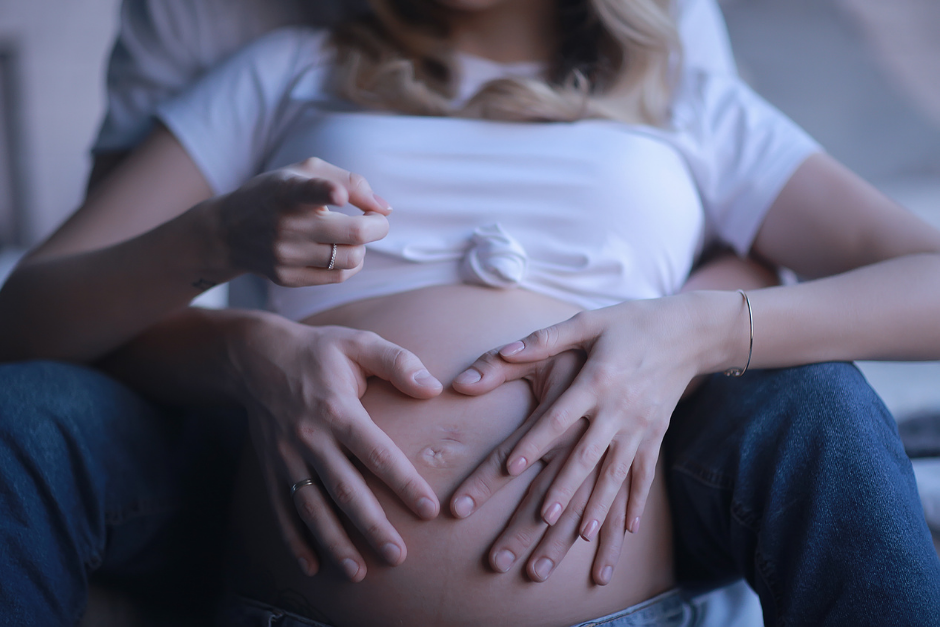Attachment experts often discuss the four stages of development during which the establishment of attachment relationships is critical. Typically, the first stage is from birth to about 10 weeks. This is followed by Stage 2, which is usually 10 weeks to 6 months, Stage 3, which is 6 to 7 months and Stage 4 which begins at about 30 months.
As researchers have gained a deeper understanding of neurobiology, however, we have learned that relationships shape the developing brain even before the first stage, while the unborn child is growing in the womb. Soon after conception, a level of consciousness exists in the embryo. We now know, the unborn child is an aware, reacting human being leading an active emotional life. During the time, communication, both physiological and emotional, between parents (particularly the mother) and the fetus can have a significant impact on the child’s future development and health.
In The Secret Life of the Unborn Child, Thomas Verny, M.D., reports that what an unborn child feels and perceives begins to shape their attitudes and expectations. Whether they perceive themselves as happy or sad, wanted or unwanted, and the world as secure or anxiety-provoking depends, in part, on the messages they receive in the womb, according to Verny.
This active emotional life and desire for connection in-utero are illustrated in a study by researchers at the University of Padova in Italy. The scientists used ultrasounds to demonstrate that social interaction exists between twins in the womb as early as the 14th week of gestation. By the 18th week, they spent more time in planned contact with their sibling than themselves. The results suggest that twin fetuses are aware of their counterparts in the womb, prefer to interact with them, and respond to them in a special way.
By 6 months, according to research by Dr. Henry Truby, professor of pediatrics, linguistics and anthropology at the University of Miami, the fetus can hear and move in rhythm to its mother’s voice. It responds favorably to the mother’s happy singing or with anxiety and stress with mom’s yelling and anger. Sonograms taken while parents yell at each other show the baby’s entire body flinching in agitation. In some of the images, the unborn child is even covering its ears.
A significant body of recent research supports the findings that in-utero experiences significantly impact a child’s emotional health and wellbeing later on. Severe maternal stress during pregnancy, for example, is associated with prematurity, low birth weight, and infants who are irritable, hyper-aroused, and colicky. Children born into volatile and unhappy marriages are more likely to be fearful, jumpy and timid even as older children. Furthermore, a fetus not only is able to sense and react to emotions such as unhappiness and anger but also more complex feelings such as ambivalence and ambiguity. Conversely, when mothers are happy in their lives and looking forward to having a child, they tend to experience an easier pregnancy and give birth to a healthier and happy baby.
It’s never too early to make a connection
At approximately 20 weeks, an unborn child can start to feel your touch. Caressing and massaging your tummy and responding to their kicks and nudges is the start of positive two-way communication. The fetus’ hearing is developing all the time. At approximately 23 weeks, they can hear the mother’s heartbeat and by the end of 25 weeks, they can distinguish sounds from outside the womb. Speaking, reading or singing to your baby provides a calming effect and promotes voice recognition. Mindfulness practices can reduce the mother’s and baby’s anxiety and help to facilitate connection and attunement.
The time of pregnancy offers parents-to-be an opportunity for both physical and psychological preparation. This time is truly the dawn of attachment, the time in which mother, father, and baby-to-be begin the process of uniting and connecting.
However, even when a pregnancy is anxiety-filled or unhappy, a healthy postnatal environment can be healing. The next blog in this series will focus on building secure attachment after birth.



Trackbacks/Pingbacks